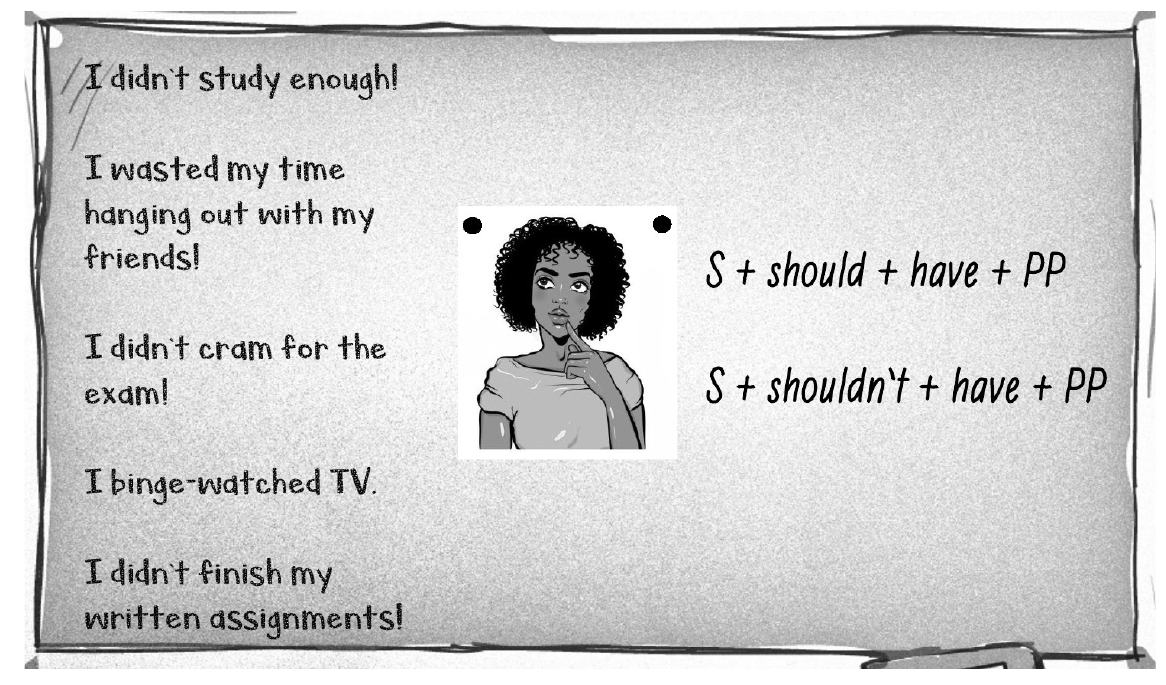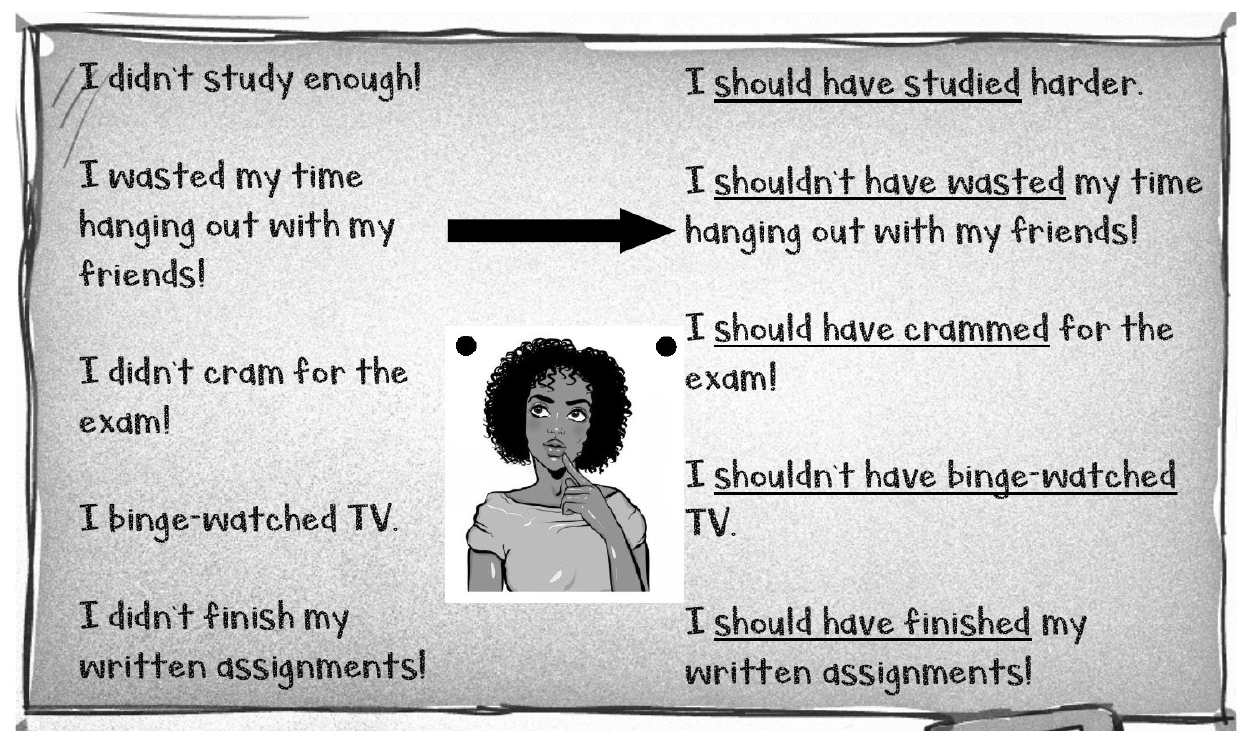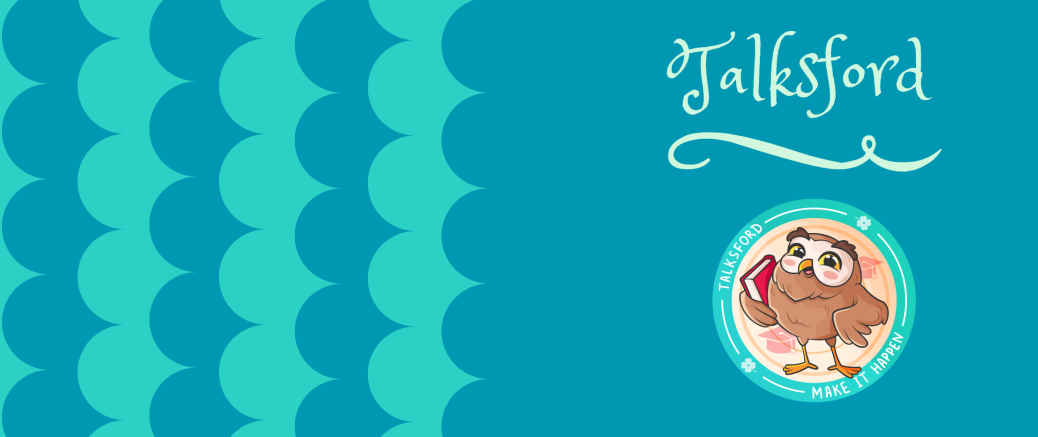In this article, we’ll focus on how to express regrets about the past using the structures "should have" and "shouldn't have." Through a simple story and some interactive activities, students will learn how to talk about desirable actions they didn't take and undesirable actions they did. By the end, they'll understand how to use these structures to reflect on past decisions and express regret effectively.
Set up the context by telling a short story about a girl named Barbara who failed her final exam in college. After the exam, Barbara came home and began analyzing what she had done wrong.
Draw a picture of a girl on the board and write various sentences next to her. You can start by providing a couple of examples yourself, and then ask your students to come up with their own ideas. Write those down as well. Once all the sentences are written, elicit from your students how they can express desirable actions that were not fulfilled and undesirable actions that were fulfilled.

Write the corresponding constructions on the board. Then, show the students how to convert their sentences using ‘should have’ and ‘shouldn’t have’.

To check if the students understand the meaning of this usage, ask them several CCQs:
- Does Barbara think it was a good idea to study harder? — YES.
- Does she think it was a good idea to waste her time hanging out with her friends? — NO.
- Does she think it was a good idea not to cram for the exam? — NO.
- Does Barbara regret binge-watching TV instead of preparing for the exam? — YES.
- Does she regret not finishing her written assignment? — YES.
Remind the students that we use the structure ‘should have + past participle’ to talk about desirable actions that were not fulfilled, and we use the structure ‘shouldn’t have + past participle’ to talk about undesirable actions that were fulfilled.
